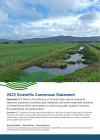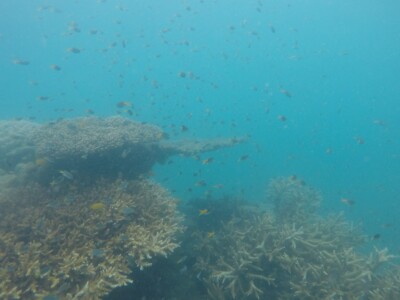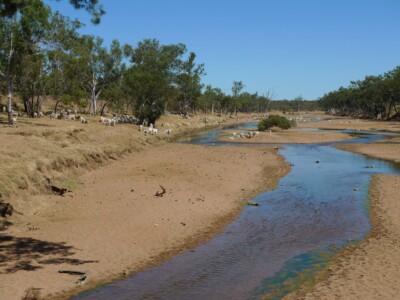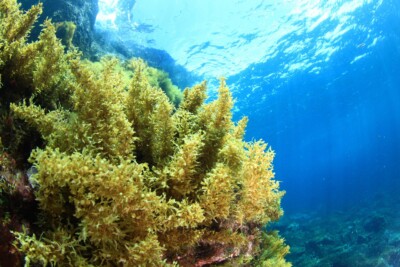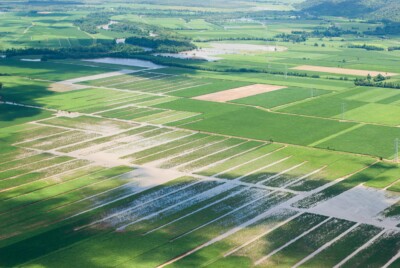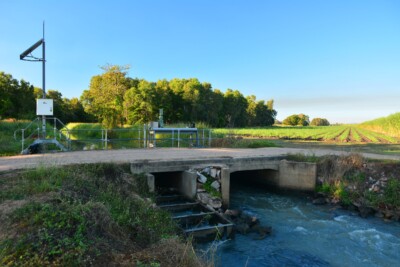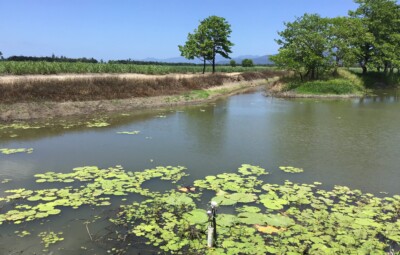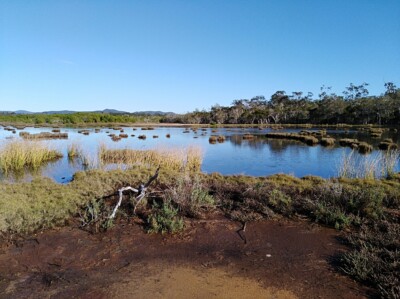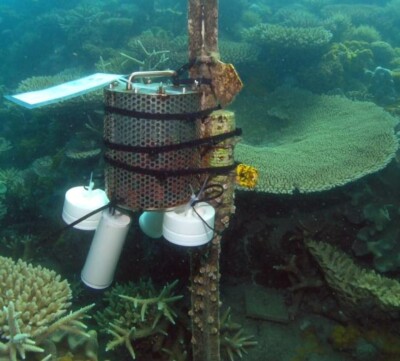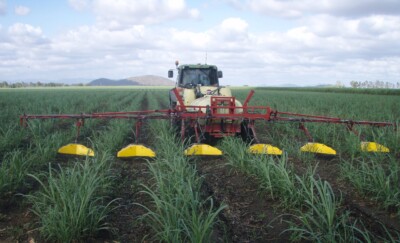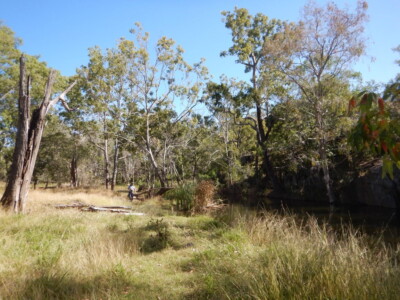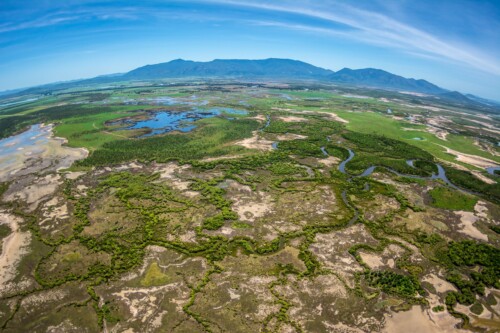Dissolved nutrients

What is the efficacy of natural/near-natural wetlands, restored, treatment (constructed) wetlands and other treatment systems in Great Barrier Reef catchments in improving water quality (nutrients, fine sediments and pesticides?) [Q4.7]
What are the key factors that affect the efficacy of natural/near natural wetlands, restored, treatment (constructed) wetlands and other treatment systems in Great Barrier Reef catchments in improving water quality and how can these be addressed at scale to maximise water quality improvement?) [Q4.7.1]
Authors: Nathan Waltham1,2, Katie Motson1,2, Bianca Molinari3
Affiliations: 1Centre for Tropical Water & Aquatic Ecosystem Research (TropWATER), James Cook University, 2College of Science and Engineering, James Cook University, 3C2O Consulting
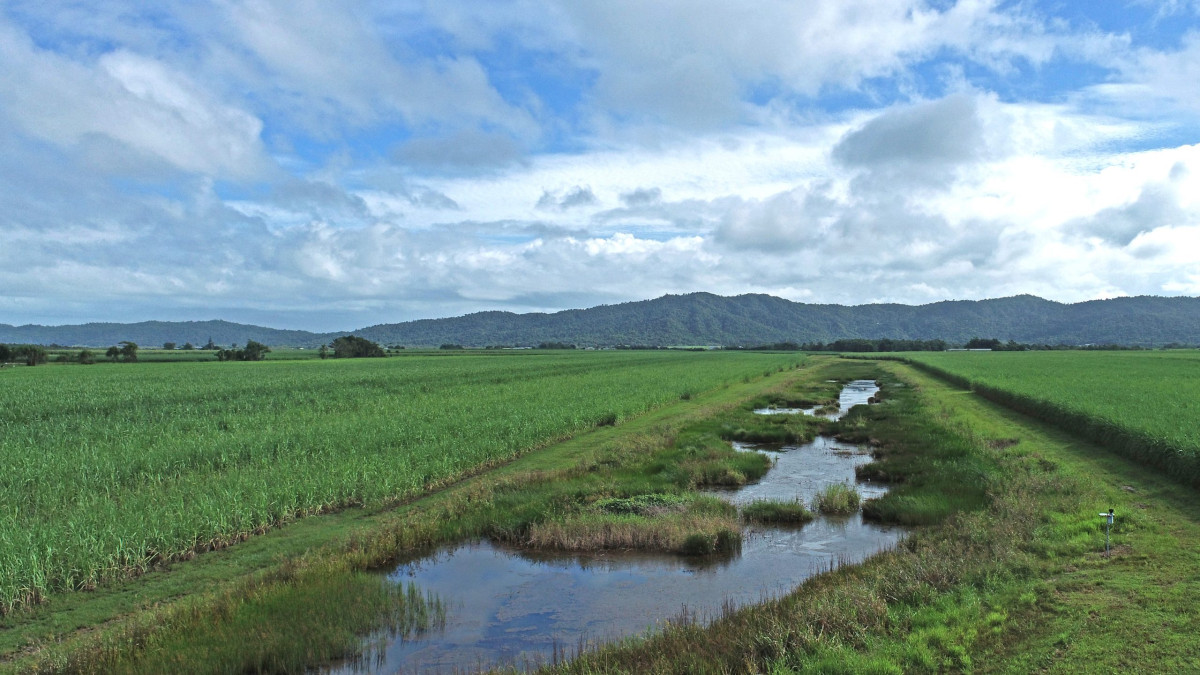
Evidence Statement
The review of the evidence for Question 4.7 was based on 238 studies, undertaken in tropical and subtropical locations and published between 1990 and 2022. The synthesis includes a High diversity of study types (45% experimental, 28% observational, 14% modelling, 7% theory-based, 3% mixed and 3% reviews), and has a Moderate confidence rating (based on Moderate consistency and Moderate overall relevance of studies).
Summary of findings relevant to policy or management action
The focus of this review was the efficacy of natural and near-natural wetlands, restored, treatment (constructed) wetlands and other treatment systems in water quality improvement (nutrients, sediments and pesticides) in agricultural landscapes. Global evidence has revealed that wetlands can process, retain and in some cases export nutrients (dissolved and particulate) and sediments from multiple land uses, with a wide-ranging capacity for pollutant retention. However, there are few peer reviewed studies that comprehensively measure or model their efficacy for water quality improvement in the Great Barrier Reef catchment area. Wetlands are highly dynamic ecosystems, and efficacy can be variable, affected by local conditions such as soils, topography, hydrology, climate, land use and vegetation communities. Critical factors for optimising the efficacy of water quality improvement include: the presence and maintenance of vegetation communities; hydrological characteristics including the wetland size relative to the contributing catchment area, flow rate, loss pathways and water residence time; and the type and input concentration of the targeted pollutant. The establishment of long-term and values-based whole-of-system management plans are also essential and must include adequately resourced and regular monitoring on the performance, health and function of the wetlands and associated flora and fauna, and long-term maintenance plans. Global evidence shows that natural and near-natural wetlands are typically more effective at nutrient and pesticide removal than constructed or restored wetlands, and that sediment is often retained in wetlands but can be remobilised in large flow events. Therefore, ensuring the long-term protection and health of existing natural and near-natural wetlands is critical. Further evidence of the efficacy of wetlands for pollutant management in agricultural landscapes is needed to increase confidence that wetlands could be used as a water quality improvement tool for managers and landholders in the Great Barrier Reef catchment area.
Supporting points
- Research on the efficacy of wetlands in terms of water quality improvements has largely occurred in the United States (49% of total studies examined) and China (18%), with very few studies in Australia (6%, n = 15), of which 13 were from the Great Barrier Reef catchment area. The parameters assessed also vary: 72% of studies measured nutrient concentrations, 8% pesticide concentrations and 2.5% sediments; the remainder examined various combinations of these pollutants.
- While local studies have measured denitrification rates in wetland soils and plant nutrient processing rates, it is not possible to derive long-term nitrogen removal from these data or assess wetland performance without knowledge of the wetland hydrology (mainly residence time). There are no studies that measure the pesticide/herbicide removal efficacy of wetlands in the Great Barrier Reef catchment area, only studies that measure in situ concentrations.
- The evidence demonstrates high variability in nutrient, sediment and pesticide removal efficiency between wetland types and locations within agricultural landscapes. This is illustrated by the range of efficiencies for parameters including total suspended sediments: -4-94%; total nitrogen: -4-97%; total phosphorus: 1.8-97.6% and pesticides: 14.3-100%. These differences are strongly driven by the vegetation community (extent and maintenance; reported in 36% of studies) and hydrology (control and residence time; reported in 20% of studies). The mean efficacy and variability between wetland types is also highlighted (note that those with less than 5 studies have low confidence):
- For natural wetlands: total nitrogen reduced by 63.5% (5 studies, range 27-96.4%), total phosphorus reduced by 74.5% (3 studies, range 59-97.6%), total suspended sediment reduced by -45% (2 studies, range -1-91%) and pesticide reduced by 98.5% (2 studies, range 97-100%).
- For near natural wetlands: total nitrogen reduced by 33.5% (6 studies, range 11.6-83%), total phosphorus reduced by 54.6% (6 studies, range 6-93%) and there were no results for total suspended sediments or pesticides.
- For restored wetlands: total nitrogen reduced by 38% (1 study), total phosphorus reduced by 52.4% (2 studies, range 25.7-59%), total suspended sediments reduced by 34.9% (2 studies, range -4-73.8%) and there were no results for pesticides.
- For treatment wetlands: total nitrogen reduced by 46.4% (40 studies, range -4-97%), total phosphorus reduced by 49.3% (38 studies, range 1.8-96.5%), total suspended sediments reduced by 57.1% (10 studies, range 1.1-94%) and pesticide reduced by 69.2% (16 studies, range 3.6-100%).
- For bioreactor systems: total nitrogen reduced by 80% (1 study), there were no results for total phosphorus or total suspended sediments, and pesticide removal was 47% (2 studies, range 14.3-100%).
- There is no standard approach for monitoring and evaluating the efficacy of wetlands for water quality improvement in the Great Barrier Reef catchment area. Studies have had different research questions, experimental approaches, equipment use, water quality variables of interest, and the frequency and duration of monitoring. Site-based performance reporting should be presented relative to the catchment load, providing greater context when considering whole-of-catchment water quality improvement.
- Since the 2017 Scientific Consensus Statement there has been increased research effort to quantify the efficacy of wetlands as a tool for water quality improvement. This research, in conjunction with the development of the Queensland Government’s values-based framework, provides a positive foundation for understanding the values and ecological function of wetlands, and increasing confidence in pollutant removal efficiencies.
- More research is needed to decipher which wetland types are likely to be most beneficial for water quality improvement in different settings (i.e., land uses, groundwater contribution, climates, and soils), configuration of multiple systems in the landscape, the spatial and temporal drivers of variability, quantification of delivery pathways (surface and groundwater), pesticide removal efficiencies (particularly those found to impact Great Barrier Reef ecosystems), improved characterisation of nutrient processing, long-term changes in wetland nutrient and sediment stores, and evidence of the timescales over which management interventions are likely to be effective.
